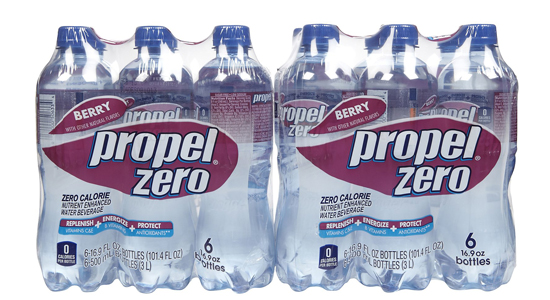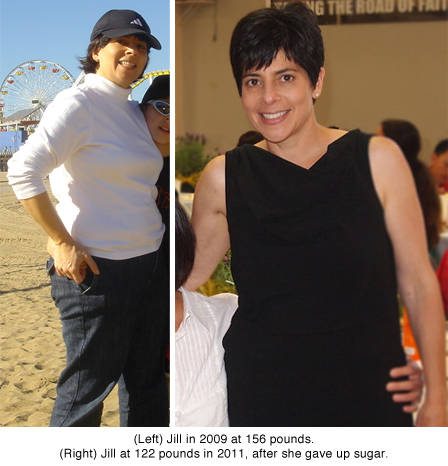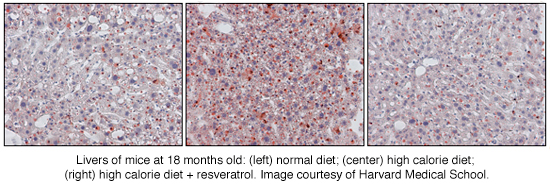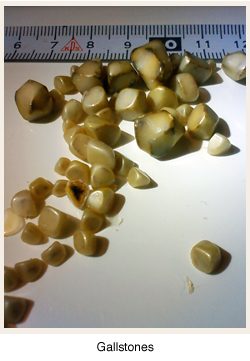{Health} “If I Can’t Drink Diet Soda, What Can I Drink?!”
All Your cola questions answered.
Plus, enter to win a Sodastream (and make your own yummy carbonated drinks with natural ingredients) by leaving a comment below: What’s your healthy drink of choice?
 Two weeks ago, we featured Six Reasons to Never Drink Another Diet Soda, in which Vincent Pedre, MD, gave us a pretty compelling argument for ditching Diet Coke. You had quite a bit to say in the comments! Many of you have already given up diet soda, and many more are committed to giving it up now. A few of you agreed with member 1955nurse when she said “OMG – yet one MORE thing that’s going to kill me! It can all be very confusing, and anxiety-producing. It gets to the point where you don’t know WHO or WHAT to believe anymore….”
Two weeks ago, we featured Six Reasons to Never Drink Another Diet Soda, in which Vincent Pedre, MD, gave us a pretty compelling argument for ditching Diet Coke. You had quite a bit to say in the comments! Many of you have already given up diet soda, and many more are committed to giving it up now. A few of you agreed with member 1955nurse when she said “OMG – yet one MORE thing that’s going to kill me! It can all be very confusing, and anxiety-producing. It gets to the point where you don’t know WHO or WHAT to believe anymore….”
We hear you, so we combed the comments and took your top questions back to Dr. Pedre. His answers are below. We also added a tip from a reader about her fave soda substitute: carbonated water (with a squeeze of lemon) made in her Sodastream. Clever! Have your own healthy water alternative to share? Share it in the comments below and you’re entered to win your own SodaStream Fountain Jet.
—————————————————————————————————
Question from FOF Cindy:
I’m trying to kick a 64-oz-a-day diet soda habit. I tried 1/2 seltzer water 1/2 diet coke. Not so great. Maybe I should start 25/75 then build up?
Dr. Pedre:
To minimize withdrawal symptoms, reduce your intake by 8 ounces every 3-4 days (about ¾ of a typical can of soda). Substitute the volume with more water or sparkling water with lime. Vitamin C can help reduce cravings and withdrawal symptoms–try 1000mg, 3 times a day. You could be fully weaned in one month. Of course, you can always go cold-turkey, and possibly suffer from headaches, fatigue and general malaise for up to 1 week. Note: When taking high doses of Vitamin C, consult with a health practitioner.
—————————————————————————————————
Question from FOF Diana S:
What about natural soda, such as “Zevia,” sweetened with stevia?
Dr. Pedre:
Stevia is a naturally-derived artificial sweetener that is sweeter than sugar. Like aspartame, It is still confusing your body into thinking it is getting something sweet, and by doing so can alter insulin secretion, spiking your appetite for carbs later in the day. If you want something sweet, treat yourself to some dark chocolate or real sugar, and stay away from the “fake” foods. That said, there is some gray area: in studies with artificially-induced diabetes in rats, stevia extract seemed to have an anti-diabetic effect, helping to lower blood glucose. What happens in an animal model doesn’t necessarily translate into humans, but it is something we need to know. Of the artificial sweeteners, it is probably the lesser of the “evils.”
—————————————————————————————————
Question from FOF Paula:
What about drinks sweetened with agave nectar?
Dr. Pedre:
We have to be careful with agave. Agave nectar is basically refined fructose, and can be just as concentrated as high-fructose corn syrup. Fructose is a sugar derived from fruit (as its name implies). Although agave does not spike insulin levels, in excess it can lead to insulin resistance, weight gain around the middle, and eventually metabolic syndrome with all its disease risks. If you must have agave, chose minimally processed, organic, cold-pressed agave nectar, which is mostly inulin, a dietary fiber and favorable “sugar” that feeds the good bacteria in our guts. And only have it once in a while, not every day.
—————————————————————————————————
Comment from FOF VJ:
A bottle of water costs 10,000 times more than tap water. Seventeen million barrels of oil, enough to run one million vehicles for a full year, are used each year to just make water bottles. And 22% of bottled water contains contaminants at higher than healthy levels. What’s the best alternative to bottled water?
Dr. Pedre:
This is why I got rid of the Poland Spring water cooler at my office, and replaced it with a Nikken Aqua Pour Deluxe gravity water filtration system, which filters regular tap water. We simply fill it up on the top, and the water that comes out the bottom is clean, pH-balanced, and free of drug metabolites or any heavy metals that may be leaching through old pipes. It was my solution for a more sustainably-minded medical office. Think about how much gas/oil would be saved if offices didn’t spend money on importing their water in water bottles!
—————————————————————————————————
Question from FOF MattH:
I drink diet soda for the caffeine since I don’t drink coffee. Are there are types of tea with higher levels of caffeine? I know green tea is very low.
Dr. Pedre:
A typical 16 oz. coffee has anywhere between 100 and 150mg of caffeine. A large green tea with two tea bags steeped for an extended time (15 minutes), will have 48 – 80 mg. If you can wean yourself down from the coffee, you can still gain sustainable energy from green tea without the cortisol/insulin effects of regular coffee that leave you feeling tired several hours after your cup. Green tea leaves have other phytochemicals, such as l-theanine, which help counter the caffeine effect, giving you a more even energy throughout the day.
—————————————————————————————————
Question from FOF jmb0923:
I am desperately trying to kick my diet soda habit. What are your thoughts on flavored waters like Propel?
Dr. Pedre:
Vitamin-enhanced waters are a great marketing ploy. Add flavor “naturally”– artificial, that is–and why is it still called water? Here are the Ingredients in Propel: Water, Citric Acid, Sodium Hexametaphosphate, Flavor(s) Natural, Potassium Sorbate, Ascorbic Acid, Sucralose,Sodium Citrate, Potassium Citrate, Acesulfame Potassium, Niacinamide (Vitamin aB), Calcium Disodium EDTA,Vitamin E Acetate, Calcium Pantothenate, Vitamin B6 Pyridoxine Hydrochloride
Note that Sucralose (Splenda) is in the ingredients. I have recently diagnosed several patients with moderate to severe reactions to Sucralose. It is not a benign ingredient.
If you want flavored water, add a few lime or lemon wedges or cucumber slices to a pitcher of water for a refreshing spa-like treat. Or add strawberries, orange or mandarin wedges for more flavor. Keep it really natural, and avoid the artificial ingredients above. Get your vitamins from foods or a whole-foods based multivitamin supplement.
—————————————————————————————————
Question from FOF Debi:
I’ve been drinking decaf coffee for 13 years–is there a study on that too?
Dr. Pedre:
One small study found that decaf coffee, but not caffeinated coffee, may promote heart disease risk factors by raising a certain type of cholesterol in the blood. So, if you already have high cholesterol, and drink several cups of decaffeinated coffee per day, you might want to think about cutting down.
If you are in good health and exercise regularly, you can burn off any excess cholesterol through exercise, so decaf is probably not harmful in the same way.
Remember, decaf coffee still has some caffeine, so if you’re looking to avoid caffeine, consider an herbal tea instead. The process of decaffeination sometimes uses chemicals — the least harmful will say “indirect decaffeination” or “naturally decaffeinated.” If the coffee beans were decaffeinated using the solvent methylene chloride, residual levels of this suspected human carcinogen may stay on the beans and you should consider avoiding this type of decaf.
—————————————————————————————————
Tip: FOF VJ suggests using an at home water-carbonation system (she uses Sodastream) to add a little fizz to your water–then flavor it with natural ingredients such as lemon, lime, strawberry–you get the idea. Enter to win your own SodaStream by answering this question in the comments below: What’s your healthy drink of choice–besides plain water?
One woman will win. (See all our past winners, here.) (See official rules, here.) Contest closes April 4, 2012 at midnight E.S.T.












































